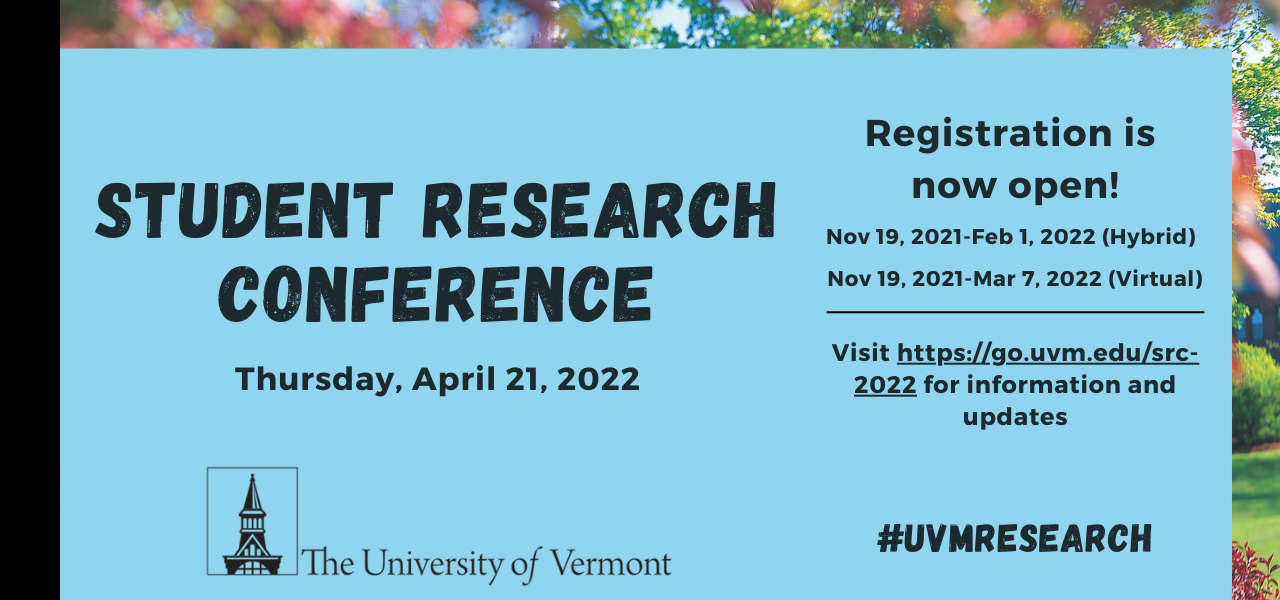Visualization of autism risk genes ADNP and POGZ as PRC1.6 interactors across neurodevelopment
Conference Year
January 2022
Abstract
Dysregulation of epigenetic mechanisms at key moments in human development can dramatically impact neuronal migration and cell fate determination. In Autism Spectrum Disorder (ASD), modification of specific histone tail residues promotes recruitment of an adaptor protein complex, human Polycomb Repressive Complex 1 (PRC1), which increases chromatin compaction via mono-ubiquitination of histone H2A at lysine 119. We sought to establish and optimize an immunofluorescent method for the detection and visualization of PRC1.6 interactors ADNP and POGZ in neural tissues. Additionally, we characterized expression of ADNP/POGZ-containing PRC1.6 across neurodevelopment in embryonic stem cells, maturing primary cortical neurons, and adult mouse brain.
Primary Faculty Mentor Name
James Stafford, PhD
Status
Medical Students
Student College
Larner College of Medicine
Program/Major
Health Sciences
Primary Research Category
Health Sciences
Visualization of autism risk genes ADNP and POGZ as PRC1.6 interactors across neurodevelopment
Dysregulation of epigenetic mechanisms at key moments in human development can dramatically impact neuronal migration and cell fate determination. In Autism Spectrum Disorder (ASD), modification of specific histone tail residues promotes recruitment of an adaptor protein complex, human Polycomb Repressive Complex 1 (PRC1), which increases chromatin compaction via mono-ubiquitination of histone H2A at lysine 119. We sought to establish and optimize an immunofluorescent method for the detection and visualization of PRC1.6 interactors ADNP and POGZ in neural tissues. Additionally, we characterized expression of ADNP/POGZ-containing PRC1.6 across neurodevelopment in embryonic stem cells, maturing primary cortical neurons, and adult mouse brain.


